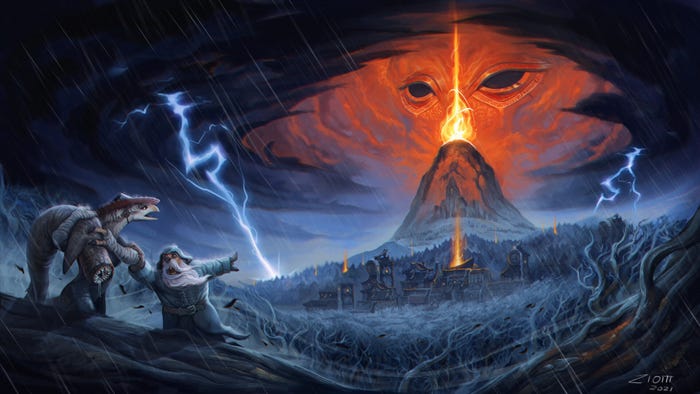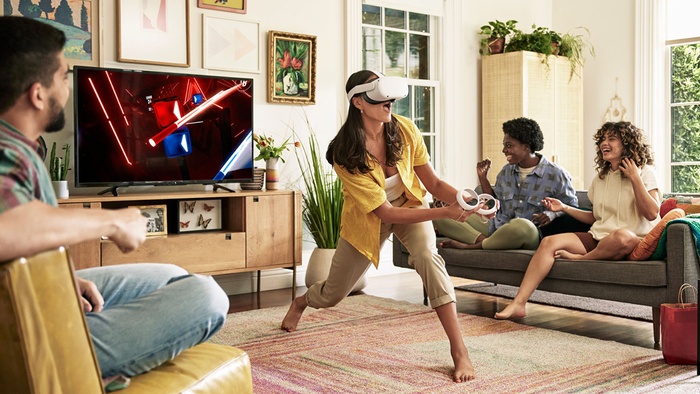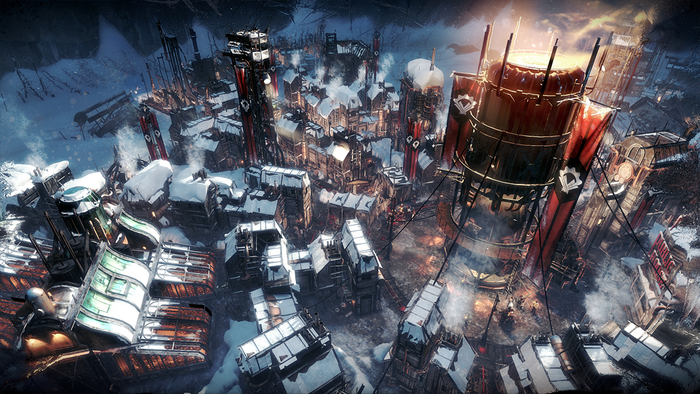Beast Inc cofounder and CEO Vivian Tan appears at XRDC in San Francisco to share what the company has learned about building great character interactions in virtual reality using body language.

Beast Inc cofounder and CEO Vivian Tan appeared at XRDC in San Francisco this week to share some of what the company has learned about building great character interactions in virtual reality using body language.
“You don’t need a lot of hyper-realism to create a believable character, but you do need to look at nuanced movements and presence,” said Tan. “I’m not just talking about animations...in a very spacial medium like virtual reality, body language could mean physical presence, facial interactions, eye contact, or even the player’s gestures.”
Beast is best known for Beast Pets, a VR sandbox in which players play with and care for baby dragons. A big part of the game's appeal is tied up in how players interact with these virtual characters, and Tan says the company has learned a lot about nonverbal communication in VR.
But she says Beast didn't initially realize how key body language is to making VR characters feel real and authentic; at first the company’s wish list for “awesome AI characters” included features like voice recognition, dynamic dialog, and more.
Nailing unconscious communication requires conscious effort
“Once we started building, we realized we were missing something much more fundamental,” said Tan. “Body language...not just animations, but how this character shares the physical space with the player.”
This may seem simple, but Tan cautions fellow VR devs that it’s easy to overlook because we do it all the time without (consciously) noticing. Body language is so commonplace as to be invisible; but when you’re building VR characters from scratch, you have to make an effort to build it in -- or else everything will feel subtly fake.
Tan says VR is unique because the player is literally sharing the same space as your game, and thus there are a number of “foundational interactions” VR game designers should try to hit on every project. These foundational interactions include (but may not be limited to) physical interactions, body language, and other interactions tied to sharing the same space with a virtual character.
“With body language we can provide a lot of context for the player,” said Tan, suggesting that body language is a great tool that game designers can use to:
Establish power dynamics
Establishing context, relationship, and intent
Prompt players to perform desired actions
Minimize reliance on dialog, subtitles, and menus
Build foundations for more complex AI behaviors
“Scale is one of the most powerful things you can use in VR to convey either the player or the AI character has more power and control,” says Tan. “If you’re in a space with tiny characters and a big player, you’re automatically conveying that the player has control.”
By way of example she points to Moss, in which players step into the role of an oversized (but ephemeral) guardian who must guide and shepherd a small mouse through a world of puzzles and challenges.
Flip the script, and a player can be made to feel tiny and insignificant through the body language and presence of a much larger VR character. Here, Tan points to theBlu, a VR experience in which players are amazed and unsettled by the experience of having a giant whale swim right alongside them.
And of course, just matching character heights to your player can do a lot to make your VR game feel more approachable and comfortable, according to Tan. She also suggests that you keep in mind how a character’s starting position and relationship to the player -- above them, below them, at eye level -- influence how threatened a player feels.
“Characters’ starting and default positions say a lot about the threat level they represent,” Tan said, explaining that perceived threat tends to ramp up in concert with a character’s height. Something low to the ground, or at eye level (like the dragons in Beast Pets, or the blocks in Beat Saber) isn’t terribly threatening; but something coming in from above the player, like the drones in Space Pirate Trainer, evokes a sense of threat.
“We aim to keep [our characters] from chest level to eye level,” Tan added. “To keep them within the neutral zone.”
A character’s proximity to the player also communicates a lot of useful info, and Tan encouraged fellow devs to think about how active and passive characters are placed with respect to the player. Close to the player is threatening and demanding attention; as characters get farther away, they seem less threatening and less important, so keep an eye on distance and positioning when you think about how you want your players to feel about specific characters.
“When you use eye contact in conjunction with field of view, you can do a lot to direct the player’s attention,” Tan added. “What we do is, we have the dragons occasionally check for the player, and just kind of fly into their periphery....they don’t have to stare [at the player], but they flit into view to let the player know ‘hey, look to your left! There are interesting things here!’ So it’s a useful tool to get players to follow cues and look around.”
Use body language to manage "attention pressure" in your game
All of these variables help you control what Tan calls “attention pressure” and orchestrate an engaging experience for your players. Place a bunch of characters in close proximity to the player, hovering above their head, will encourage action; distribute characters across an open space, at eye level or below, encourages players to explore the world and check them out at their leisure.
If you switch things up, Tan says you can evoke curiosity and wonder in your players; if a character moves close to a player and hovers above them, making eye contact, then dashes away, players will be drawn to follow and find out what happened.
In closing, Tan encouraged fellow devs to remember that “you can also use hand gestures to reinforce the player’s roles, and the character’s roles...we learned to treat hand gestures as tools...and to only allow the gestures that we wanted players to use.”
Put simply, if you don’t want players to attack characters, don’t let them make a fist gesture, and don’t let it influence the game world. By way of example, Tan pointed to recent VR releases Vacation Simulator and Creed: Rise to Glory; in the former the player is limited to hand gestures like waving and holding things, while in Creed the player is limited to punching things.
“Even if you don’t have [boxing] gloves in your game, if players have fists, they’ll use them,” said Tan, who explained that an earlier version of Beast Pets had fists before they were taken out. Once they were removed, players began interacting with the game more in line with the team’s expectations, though Tan acknowledges that hand tracking and other VR advancements will make it more difficult to control what hand gestures players can make in future games.
Gamasutra, XRDC, and GDC are sibling organizations under parent company Informa
About the Author(s)
You May Also Like







